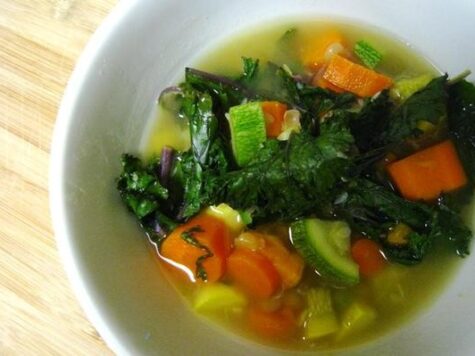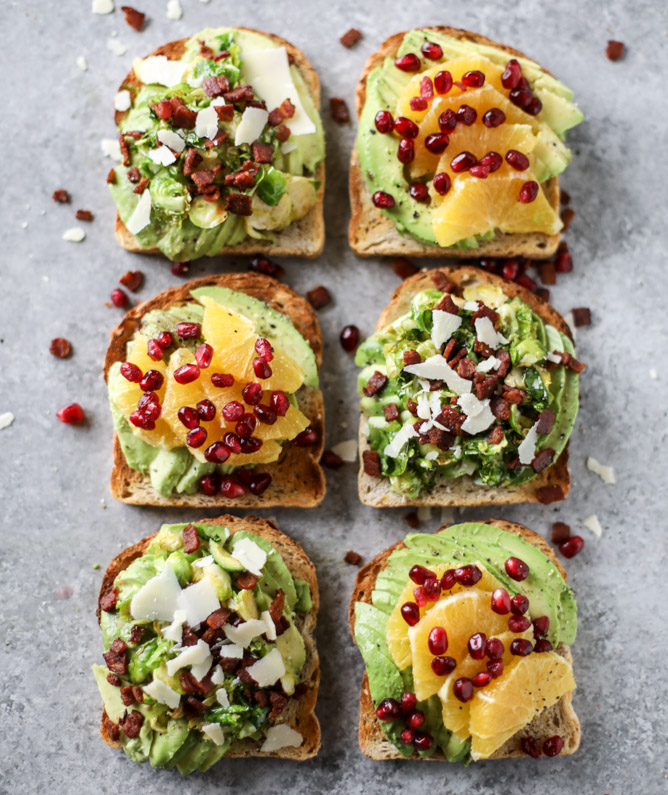Peanut Brittle is a classic recipe that is the perfect combo of sweet and salty! Simple ingredients and easy steps, make this candy recipe a staple in my house!
I’ve partnered with Karo® Corn Syrup for this easy and delicious recipe.
I always used to shy away from candy making. Any recipe that involved a candy thermometer just made me a little nervous. Turns out, it’s all about trust. I bought myself a reliable candy thermometer, decided to go for it, and I haven’t looked back!
Peanut Brittle is nostalgic treat…a throw-back…old-fashioned, even. But it’s such a classic! The best peanut brittle should be crunchy, sweet, and loaded with peanuts! AND I like to add a little flaked sea salt to amp up the salty/sweet factor.

How to Make Peanut Brittle
Making peanut brittle is actually really easy, and using Karo® Light Corn Syrup not only makes the whole process simple, it also adds a subtle sweetness that is perfect for candy making! I used their classic recipe and added a few tips and tricks of my own here!
And don’t let the simplicity of this recipe fool you, there is some science happening here! You cook the sugar, water and Karo® Syrup until it reaches 300°F, which is the hard-crack stage, which is basically like a lolli-pop when it cools. This is where a good candy thermometer comes in handy, it takes any guess work out of candy making.
But the thing is Peanut Brittle is crunchy, but it also is porous and brittle…this is where the baking soda comes in! You stir baking soda right into the mixture after it reaches 300°F, and the acid in the sugar reacts chemically with the alkaline baking soda releasing millions of teeny-tiny bubbles of Carbon Dioxide, that get trapped in the mixture creating the brittle texture. Pretty cool, right?

When you have stirred the baking soda in, you will need to spread the mixture immediately onto a greased, parchment lined baking sheet…or a silicone mat. It will set up very quickly, so work fast!

What Kind of Peanuts Do You Use in Peanut Brittle?
I think roasted, salted peanuts are the best in peanut brittle. The salty/sweet combo is amazing. If you don’t like salt, you can absolutely use unsalted.
You could also drizzle the peanut brittle with chocolate to make it extra special!
There is just something to be said for making your own Peanut Brittle from scratch! We love it in my house, and the fact that it only takes a few minutes to make from start to finish means it’s a great recipe for cooks of all skill levels!

Description
Peanut Brittle is a classic candy recipe that is the perfect combo of sweet and salty!
Ingredients
- 1 cup Karo® Light Corn or Dark Corn Syrup
- 1 cup sugar
- 1/4 cup water
- 2 tablespoons butter
- 1-1/2 cups roasted, lightly salted peanuts
- 1 teaspoon baking soda
- optional – 2 teaspoons flaked sea salt
Instructions
- Line a 15 X 10-inch baking sheet with parchment paper and coat lightly with nonstick spray, or alternately you can use a silicone mat. Also coat an off-set spatula with nonstick spray for easy spreading. Set aside.
- Combine syrup, sugar, water and butter in a heavy 3-quart saucepan over medium heat. Stir frequently, until the sugar dissolves and the mixture comes to a boil.
- Once boiling, continue to cook without stirring until temperature reaches 280°F on a candy thermometer.
- Gradually stir in peanuts, stirring until temperature reaches 300°F. Remove the pan from the heat and stir in the baking soda. Mixture will foam slightly and become lighter in color.
- Immediately pour the mixture onto the prepared cookie sheet. With the off-set spatula, spread the mixture evenly to edges. Sprinkle with flaked sea salt, if desired.
- Cool and break into pieces.
Notes
Store airtight for up to 7 days
Keywords: candy, peanut brittle, peanuts,

 MY OTHER RECIPES
MY OTHER RECIPES

